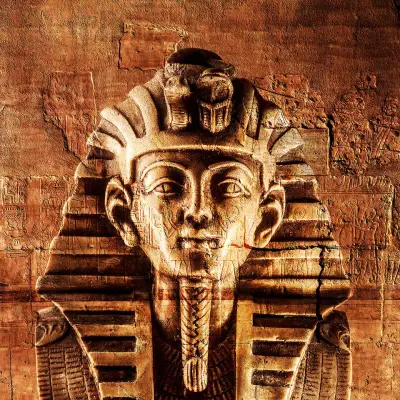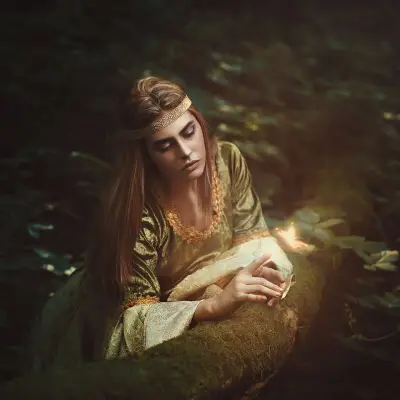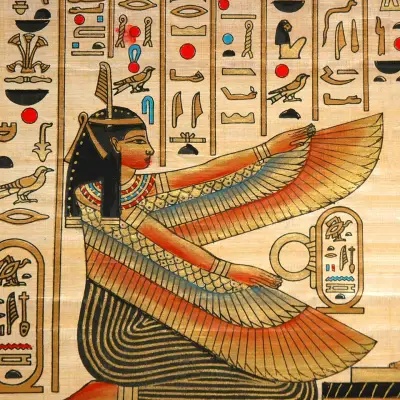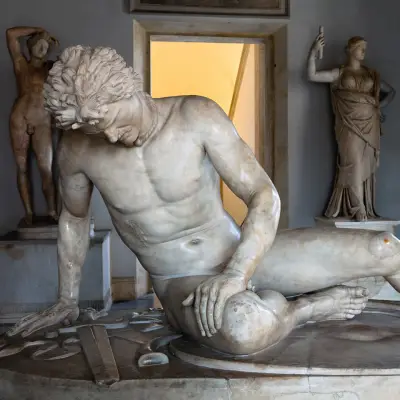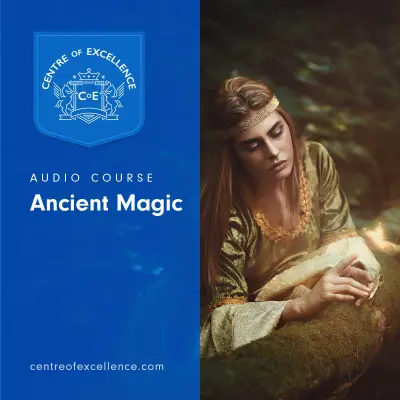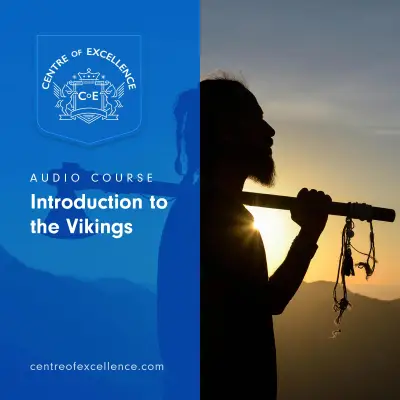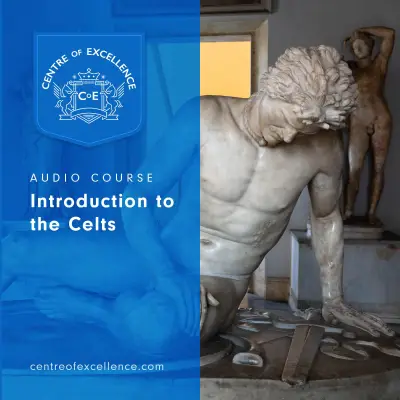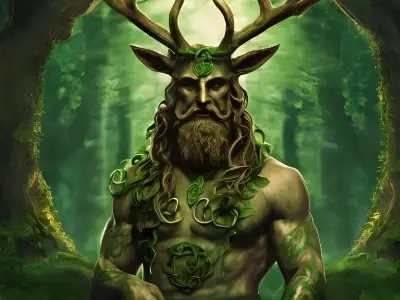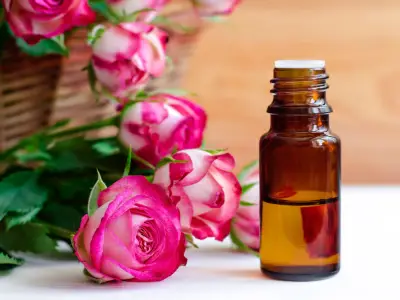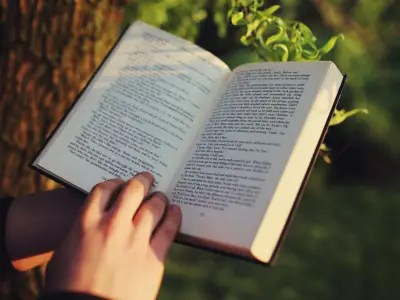If you’ve found yourself curious about ancient Irish goddesses, you’ve likely stumbled across the name Aine. She's one of the most enchanting and enduring figures in Celtic mythology. With her deep ties to nature, light, love, and sovereignty, she represents the kind of feminine power that still resonates today.
Let’s take a closer look at who Aine is, the stories that surround her, the symbols she’s connected to, and why she remains such a beloved figure in Irish tradition.
Jump to:
- Who Was Aine in Celtic Mythology?
- Aine's Myths
- The Role of Aine in Celtic Storytelling
- What Powers Did Aine Possess?
- Symbols Associated with Aine
- Aine’s Lineage and Connections
- Why Is Aine Special?
- Aine in Modern Culture
- Aine’s Worship and Legacy
- Frequently Asked Questions About Aine
- Study Celtic Mythology for £29
Recommended for you!
Best SellersWho Was Aine in Celtic Mythology?
Aine (pronounced “awn-ya”) is a goddess in Irish mythology known for her radiant beauty and powerful presence. She is associated with the sun, love, fertility, and sovereignty. Her name comes from the old Irish word for “brightness” or “radiance”, and that meaning captures her essence perfectly.
Aine's Myths
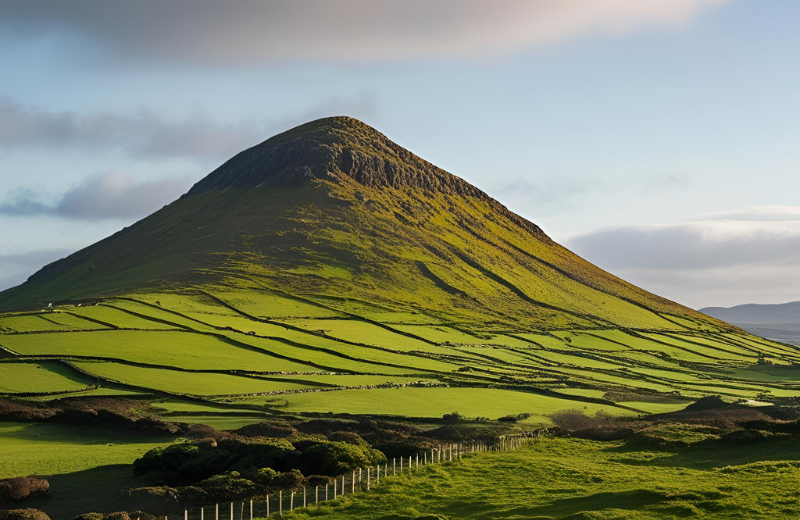
The myths surrounding Aine are rich and varied, revealing different aspects of her power and personality. Through these stories, she appears as both divine and deeply connected to the earthly world, guiding, protecting, and sometimes challenging those who cross her path.
Aine and the Tuatha Dé Danann
In some legends, Aine is counted among the Tuatha Dé Danann, a powerful supernatural race in Irish mythology. As one of their number, she’s viewed as a goddess of light, magic, and sovereignty, embodying the wisdom and strength associated with this divine lineage.
This connection places her among the great deities of Irish myth, highlighting her importance in both the spiritual and natural realms. Her identity as part of this mystical race suggests she holds influence across both the human and the Otherworld.
Aine and King Ailill Aulom
One of the most famous tales tells of King Ailill Aulom of Munster, who tried to force himself upon Aine. In a fierce act of resistance, she bit off his ear, rendering him unfit to rule, as Irish kings were expected to be physically whole — a powerful statement of her authority and justice.
This act reinforced the belief that divine approval was essential for legitimate rulership. It also established Aine as a goddess who would not tolerate abuse of power, no matter how high the offender’s status.
Aine and Knockainey Hill
Aine's connection to the land is also celebrated through the sacred site of Knockainey Hill in County Limerick. It’s believed that people once climbed the hill during the midsummer solstice to honour her, calling on her blessings for fertility, harvest, and protection.
The hill was named in her honour and served as a spiritual gateway where mortals could seek her presence and guidance. Through this tradition, Aine became firmly rooted in the landscape, not only as a goddess of the heavens but as one who dwelled within the Irish soil itself.
The Role of Aine in Celtic Storytelling
In Irish folklore, Aine is a symbol of the land’s vitality and the life-giving power of nature. Her stories are often tied to the themes of love, fertility, and justice. In some versions, she is gentle and nurturing, blessing people with abundant crops and warm summers. In others, she’s fierce and protective, especially when disrespected.
What Powers Did Aine Possess?
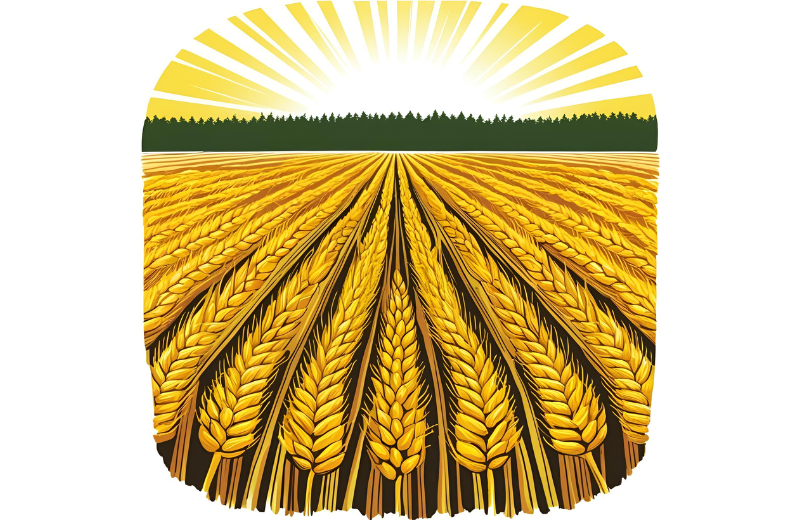
Aine was no ordinary figure in Irish mythology. Her influence extended beyond physical beauty or seasonal change; she held spiritual, emotional, and political power. Her powers included:
- Control over fertility and harvest: Aine was believed to bring abundance to the land, ensuring crops flourished and livestock thrived under her radiant presence.
- Inspiration of love and passion: As a love goddess, she could stir desire, affection, and emotional bonds among humans, often being called upon in matters of romance and connection.
- Power of sovereignty: Aine had the authority to bestow or revoke the right to rule, symbolically marrying kings to the land and holding them accountable to divine justice.
- Ability to shift between realms: Often described as a fairy queen, Aine could pass between the human world and the Otherworld, appearing in dreams, visions, or as a shining figure in the landscape.
- Protection of the natural world: She was a guardian of hills, fields, and sacred spaces, rewarding respect and punishing those who disrespected the balance of nature.
Symbols Associated with Aine
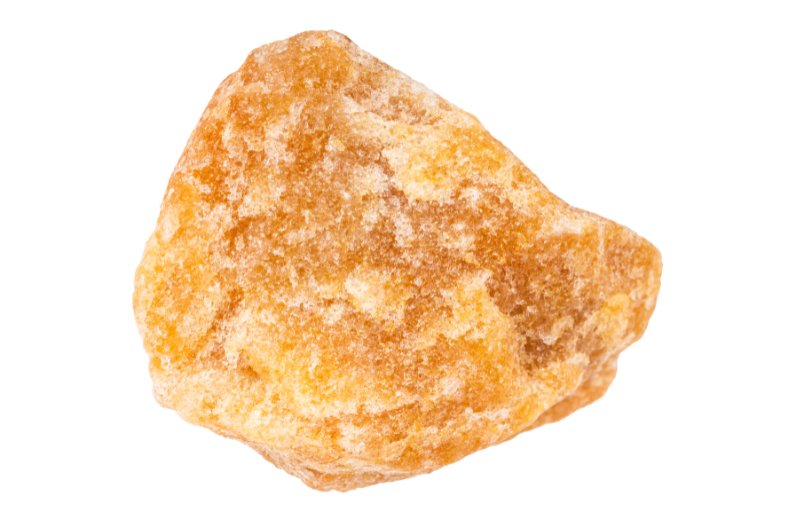
The symbols of Aine are filled with light, beauty, and the enduring rhythms of nature. Some of the most recognisable include:
- The Sun: Aine is often depicted as a solar goddess, embodying the life-giving energy of sunlight and the warmth of summer.
- Swans: These graceful creatures are linked to her in myth, representing purity, transformation, and her ability to move between worlds.
- The Colour Gold: Symbolising light, abundance, and divinity, gold is closely tied to Aine’s radiant nature and her connection to the sun.
- The Celtic Knot: This artistic symbol is often used to represent her themes of eternal cycles, fertility, and the sacred union between land and ruler.
- Knockainey Hill: A sacred site named after her in County Limerick, it stands as a physical symbol of her presence and power in the landscape.
- Sunstone and Rose Quartz: These crystals reflect her dual aspects: sunstone for her solar, energising nature, and rose quartz for her loving, gentle qualities.
Aine’s Lineage and Connections
Aine’s origins and associations vary throughout Irish mythology. In several traditions, she’s described as the daughter of the sea god Manannán mac Lir, which links her to both the mystical Tuatha Dé Danann and the ever-shifting energy of the ocean. This divine lineage supports her ability to move between realms and affirms her as a bridge between mortal life and the Otherworld.
She’s sometimes said to have a sister named Grian, whose name means “sun” in Irish, and together, they represent the cyclical nature of the seasons, with Aine presiding over the summer months. Though these familial links vary from story to story, they highlight Aine’s central role within a wider pantheon of deities tied to nature and cosmic balance.
Rather than being defined by battle or conquest, Aine’s connections are rooted in harmony, sovereignty, and the sacred relationship between the land and its people.
Why Is Aine Special?
Aine stands out in Irish mythology not for dramatic conflicts or heroic quests, but for her enduring influence over love, nature, and rightful leadership. Her presence is felt in the turning of the seasons, the warmth of the sun, and the blossoming of the land.
Unlike gods of war or thunder, Aine’s domain is one of beauty, justice, and connection. She represents the nurturing yet powerful aspects of the divine feminine, offering guidance, joy, and balance. Her myths inspire respect for nature and encourage a deeper appreciation of personal and spiritual sovereignty.
Aine in Modern Culture
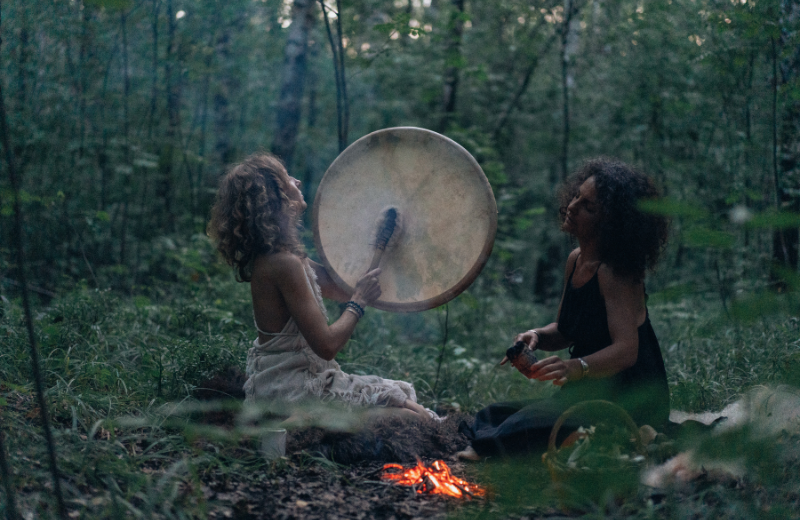
Though rooted in ancient myth, Aine continues to be honoured and reimagined in today’s spiritual and creative worlds. She holds a cherished place in neo-pagan and Wiccan communities, where she’s celebrated during midsummer festivals, solstice rituals, and ceremonies devoted to love and fertility. Her presence is often invoked as a symbol of the divine feminine.
Modern culture has embraced Aine in a number of ways. In literature, she appears in Patricia Monaghan’s The Red-Haired Girl from the Bog, which explores Irish goddesses and landscape through mythic narrative. Aine is also mentioned in Morgan Daimler’s Pagan Portals: Fairy Queens, which reintroduces her to contemporary spiritual practice as a fairy queen and goddess figure. In music, Irish folk songs such as those by Clannad and Moya Brennan often carry references to ancient deities like Aine, using imagery of the land and light to evoke her presence.
Visual artists frequently depict Aine as a golden-haired woman surrounded by nature, often with swans or standing on sunlit hills. These representations appear in Celtic oracle decks, goddess-themed artworks, and pagan altar designs. In modern poetry and prose, Aine is invoked as a muse of empowerment and sensuality, someone who embodies both romantic energy and sovereignty.
Aine’s Worship and Legacy
One of the most traditional and powerful ways to honour Aine is by celebrating the summer solstice, the longest day of the year, when her solar essence is at its peak. Lighting a golden candle, walking barefoot through the fields, or basking in the sun’s warmth are all simple yet meaningful ways to invite her energy into your life.
Offerings are a common part of Aine’s worship. Honey, representing sweetness and fertility, and wildflowers gathered with care are traditional gifts left at sacred sites or placed on altars. Some people also use sacred herbs like mugwort, lavender, or meadowsweet — plants tied to love, the land, and spiritual insight. Crystals such as sunstone, for light and personal power, and rose quartz, for love and harmony, are used in rituals or meditations to connect with her spirit.
Recommended for you!
Best SellersFrequently Asked Questions About Aine
Is Aine the goddess of love?
Aine is considered a goddess of love, passion, and beauty, alongside her roles in fertility and sovereignty. She was often called upon in matters of the heart, as well as to bless unions and new life.
What is the Aine Celtic knot?
The Aine Celtic knot is a symbolic design that represents eternal life, interconnectedness, and the flow of energy. It reflects Aine’s role in the ongoing cycles of nature, fertility, and rebirth.
What are the colours of Aine?
The most common colours associated with Aine are gold and green, symbolising the sun and the fertile land. These colours reflect her influence over growth, prosperity, and abundance.
Study Celtic Mythology for £29
If learning about figures like Aine has sparked your curiosity, why not learn more about ancient Celtic legends? With Centre of Excellence’s Celtic Mythology Diploma Course, you can explore the fascinating myths, gods, and symbols that shaped ancient Celtic culture.
Whether you're passionate about history, spirituality, or storytelling, this course is engaging for everyone—no prior experience needed. Plus, by following the link below, you can enrol today for the discounted price of just £29.

